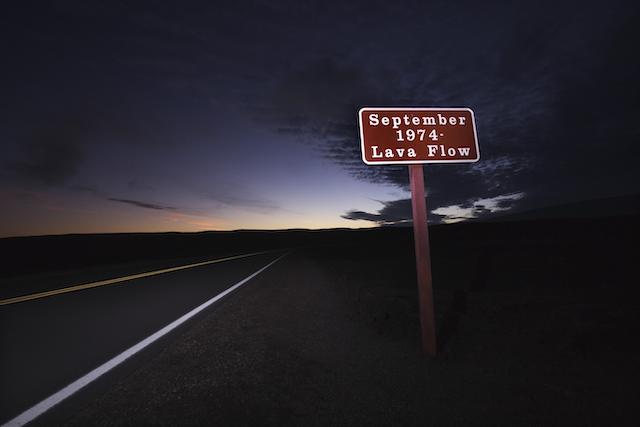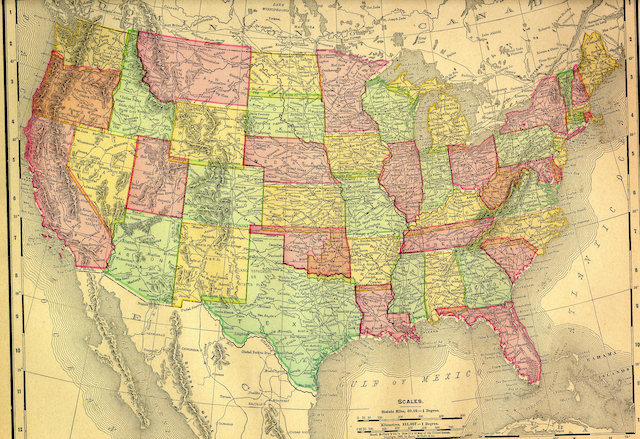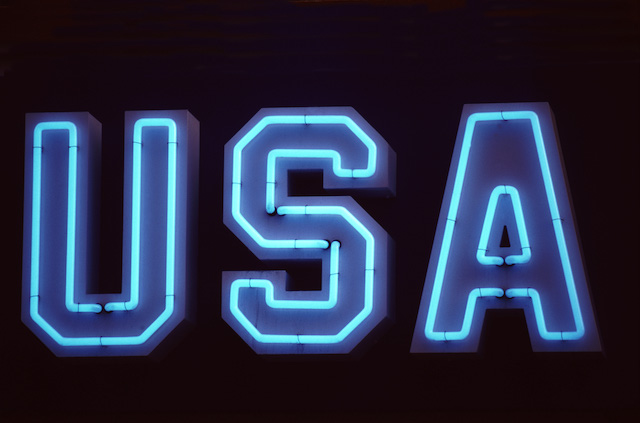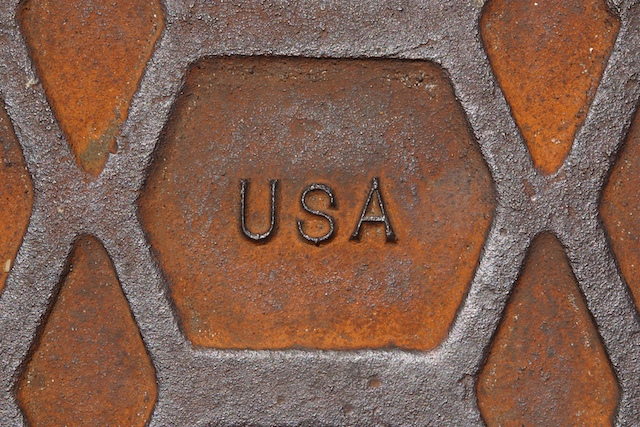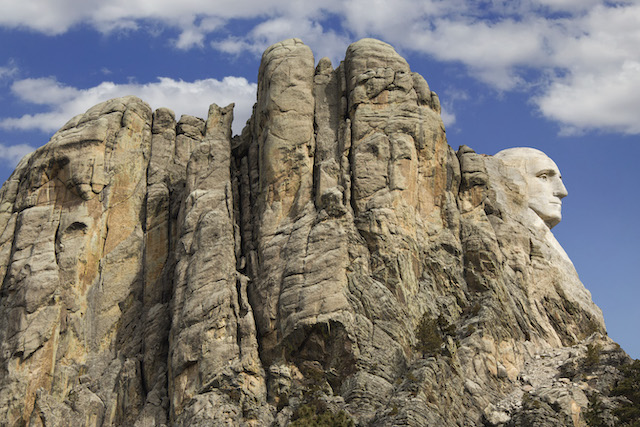Hawaii Became The Last State Under USA
Hawaii became the last state under USA in 1959. The Pacific islands joined after a long process. Hawaii sits far from the mainland but holds strong connections. Its entry into the union followed many steps. State under USA status brought change and pride for people on all islands.
State under USA shaped Hawaii’s history
Long ago, native Polynesians lived on the islands. They built homes, grew food, and sailed between coasts. Their way of life stayed steady for centuries. Later, explorers from Europe and America arrived. Ships brought goods, ideas, and change. Hawaii’s culture blended with time as a state under USA when outside contact increased.
Trade grew between islands and ships
The islands became a stop for trade ships. Whalers used its ports to rest and repair. Farmers began to grow sugar and pineapples. People from many places arrived to work. Plantations spread across valleys and hills. Money moved fast between farms, ships, and workers each season.
United States saw value in Hawaii
As trade increased, interest in Hawaii also grew. America saw its deep harbors and central spot. The navy needed safe bases across the Pacific. The islands offered food, space, and water. Slowly, the United States gained more control. Local leaders felt that outside powers watched closely.
Hawaii’s monarchy changed with time
Hawaii once had a strong royal family. Kings and queens ruled from their grand palace. They wrote laws and met with advisors. People looked to the crown for guidance. Over time, foreign interests grew stronger. Tensions rose between landowners, leaders, and new arrivals from the mainland.
Government shifted to U.S. hands
In 1893, Hawaii’s queen was removed from power. A group of settlers formed a new government. They asked the United States for support. The change caused deep pain among Hawaiians. Flags changed, laws shifted, and control passed. By 1898, Hawaii became a U.S. territory.
Territory status shaped its future
As a U.S. territory, Hawaii gained more ties. The islands received postal service and new roads. People used American money and followed new rules. Yet, they had no voting rights in Congress. Residents worked hard, paid taxes, and served in wars. Still, full statehood did not come soon.
World War II placed Hawaii in focus
During World War II, Hawaii became vital. Pearl Harbor faced an attack that changed history. The islands held troops, ships, and airfields. People worked day and night to support the war. After peace returned, many looked again at Hawaii’s place. Calls for statehood began to rise once more.
People pushed for statehood rights
Hawaii’s people wanted equal treatment and full rights. They wrote letters, held meetings, and passed votes. Veterans asked for fair service rewards. Families asked for fair jobs and voices. The push for statehood gained strength across islands. Support came from both locals and mainland voices.
Congress took steps toward full status
Leaders in Washington began to talk about Hawaii. Hearings took place with strong support. Lawmakers listened to facts, stories, and plans. Many saw value in a new state. Finally, the vote passed through both houses. In 1959, Hawaii became the 50th state under USA.
Hawaii’s flag changed once again
After statehood, the flag gained a new star. It now showed 50 stars for all states. Schools taught the new pledge and flag display. Flags flew from homes, buildings, and boats. The new star marked Hawaii’s full place in the nation. People held parades to mark the moment.
Travel brought more people to islands
After statehood, travel between Hawaii and mainland grew. Airlines added routes and faster flights. Tourists arrived from every direction. Hotels opened near beaches and volcanoes. Roads, airports, and parks expanded fast. Hawaii began to welcome more people with open arms and warm smiles each year.
Hawaii’s nature drew more eyes
The islands offered beaches, mountains, and flowers. Visitors explored forests, reefs, and waterfalls. Each island held a new view and sound. State parks protected rare plants and animals. Pictures of Hawaii filled books and postcards. The state under USA became known for its beauty and peace.
Culture stayed strong through time
Hawaiian dance, food, and music stayed alive. Schools taught history, songs, and stories. Elders shared tales from the past. Families gathered for hula, luaus, and language. Though change came, roots held strong. Hawaii’s culture added color and pride to every town and island corner.
Farming shifted to new products
Sugar and pineapple farms once led the land. Later, farms grew coffee, flowers, and nuts. Local farmers sold fresh goods in markets. Some lands turned into parks or homes. Crops changed with time and trade. Still, farms kept the land green and strong with steady hands.
Schools helped raise new voices
Schools taught new skills and ideas. Kids learned math, reading, and Hawaiian culture. Teachers came from many states. Some students moved to the mainland for college. Others stayed and served the state. Learning brought pride, progress, and peace to each town and family.
Islands grew with strong leaders
Hawaii gained seats in the U.S. Congress. Local leaders made new laws and plans. Some became known across the nation. Voices from Hawaii spoke for peace and nature. Their words helped shape laws in far cities. The state under USA gave rise to strong minds.
Tourism became a major support
Visitors helped the economy grow fast. Hotels, shops, and parks served millions each year. Flights brought people from near and far. Money flowed through streets and beaches. Workers filled jobs in service and arts. Hawaii’s name spread across the world with joy.
Music, food, and dance reached wide
Hawaiian music played in films and stores. Dancers shared hula in shows and festivals. Foods like poke, poi, and roast pig spread far. TV shows and movies filmed on the islands. Hawaii’s culture traveled across airwaves and screens. The state under USA touched hearts everywhere.
Nature laws kept the land safe
Leaders passed laws to protect forests and reefs. Hikers followed clean trail paths. Boats stayed away from fragile coral. Farmers planted with care for the soil. Parks stayed free for all to enjoy. Hawaii kept its land safe for the future with care.
Festivals brought people together
Each island held special events each year. Parades moved through towns with color and music. People wore flowers and bright shirts. Dances filled halls and beaches. Families came from far places to join. The state under USA stayed proud with each shared moment.
Artists shared the island story
Painters, writers, and singers told Hawaii’s tale. Galleries held works full of sea and sky. Poets wrote of waves, winds, and love. Schools taught young artists each step. Museums held art from past and present. Hawaii’s heart stayed strong through paint, words, and sound.
Science and study found space
Hawaii held strong science labs and observatories. Telescopes watched stars from tall peaks. Fish experts studied reefs and deep waters. Volcano watchers tracked lava paths and signs. Students helped gather facts for the future. The state under USA helped grow new thought and wonder.
Public voices helped shape change
People spoke up for land, sea, and law. Votes shaped parks, schools, and care. Groups met to share plans and views. Town halls rang with strong voices. Hawaii grew through each step with care. Change came through people with hope and trust.
Hawaii shaped its full place
Each year added new roads, laws, and people. Maps showed roads from beaches to peaks. Leaders met to solve local needs. Jobs grew in towns, farms, and cities. Hawaii moved with calm pace and bold steps. The state under USA found its steady place.
Warm lights and cool waves
Hawaii glows each day with its deep light. Waves roll across sand with steady sound. Families gather under palm trees. Surfboards wait near blue shorelines. The breeze moves through leaves and flowers. Life flows with rhythm and care across every island in peace.

